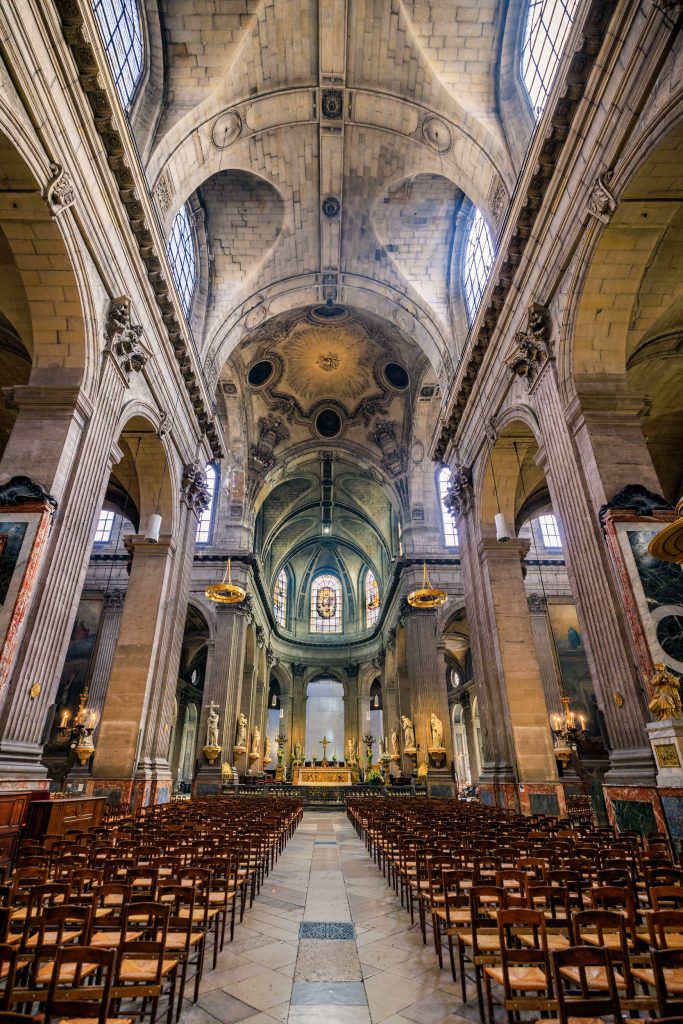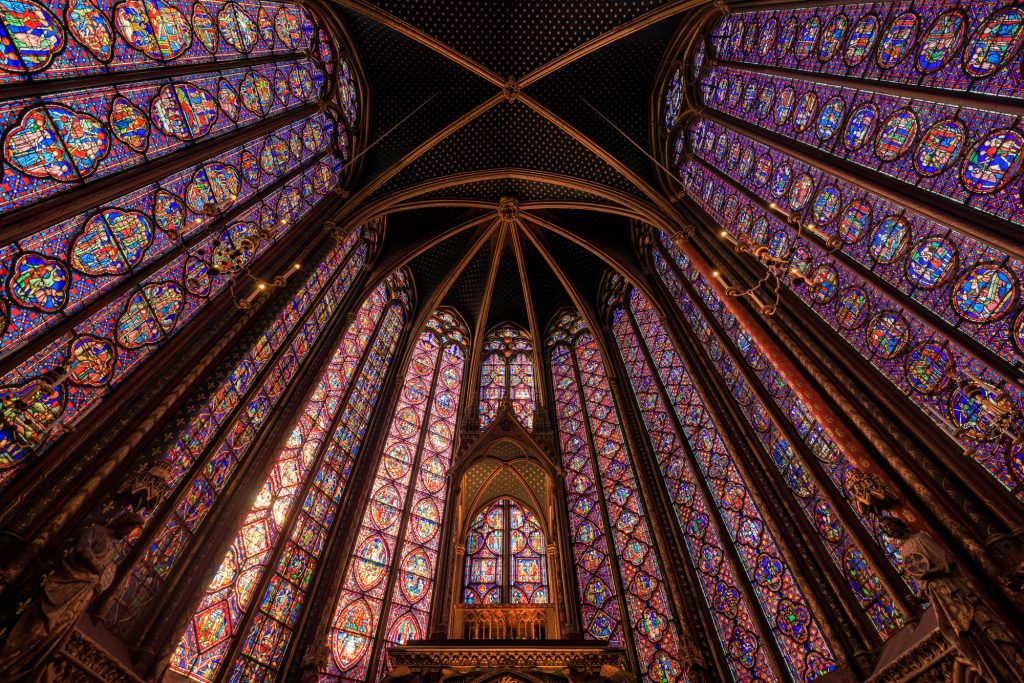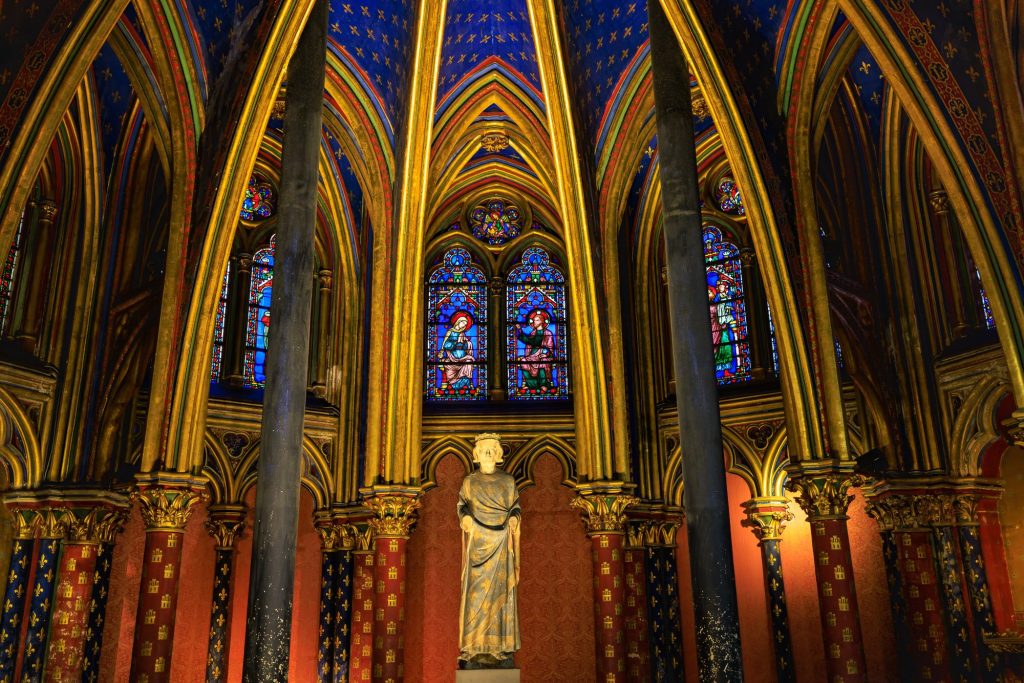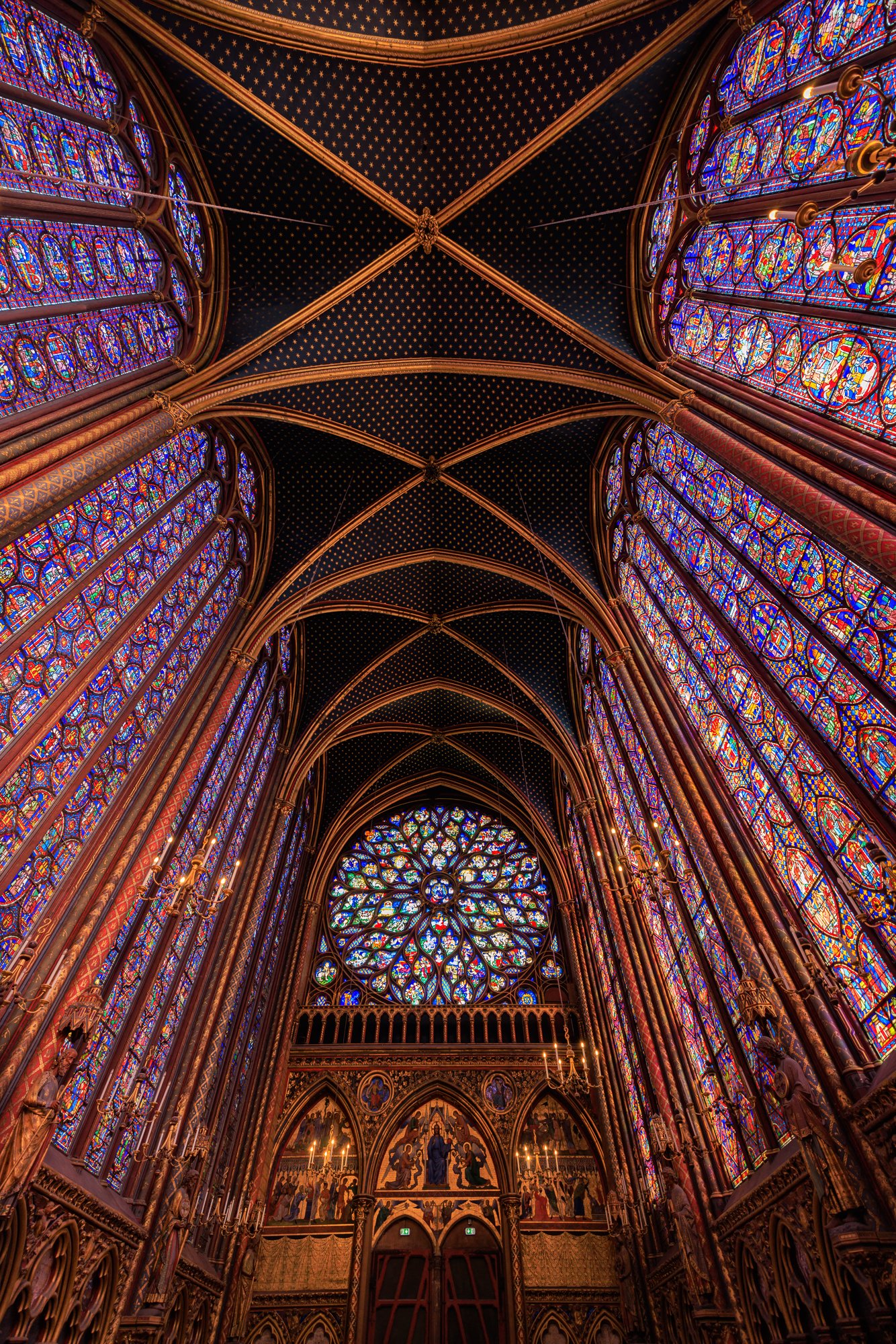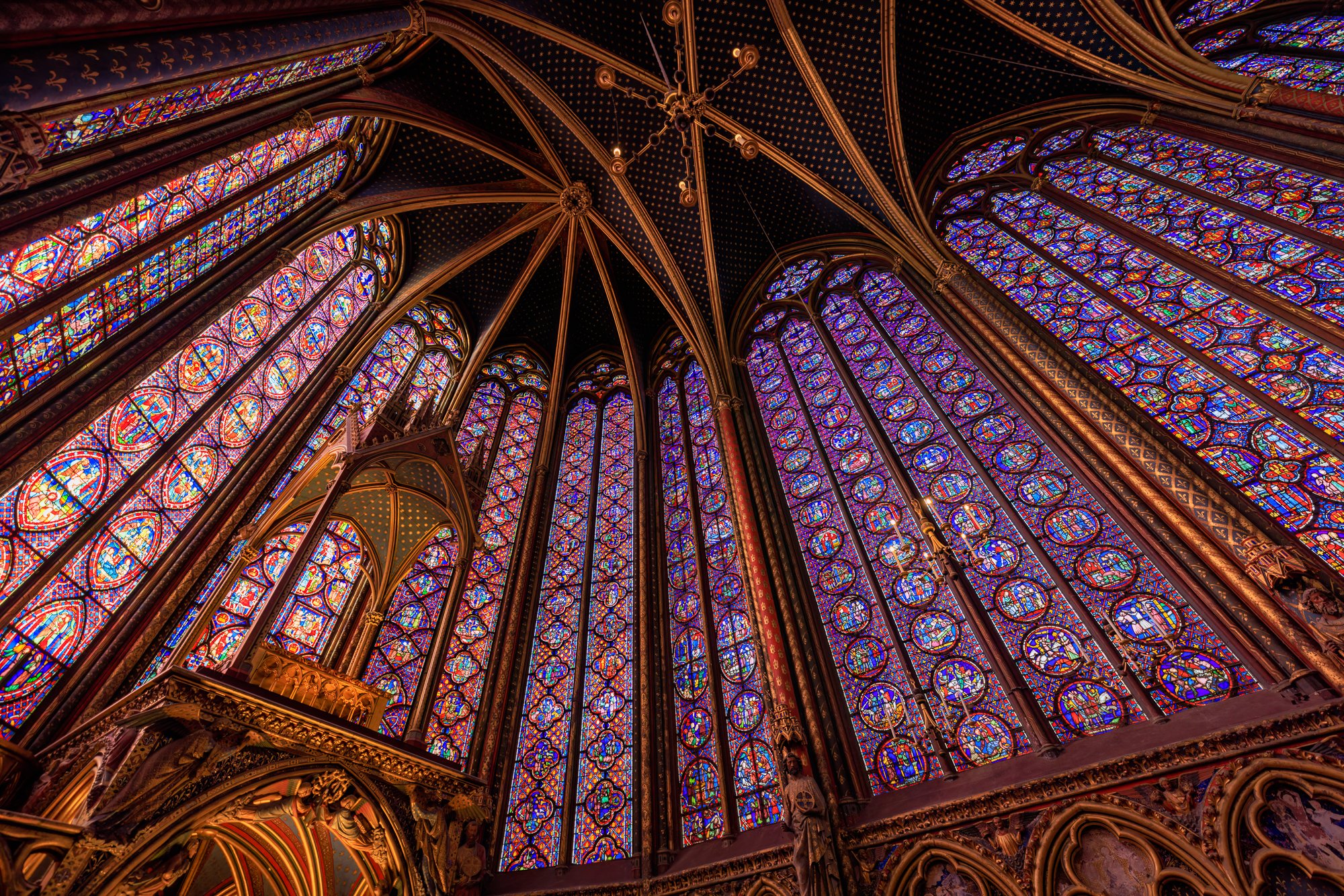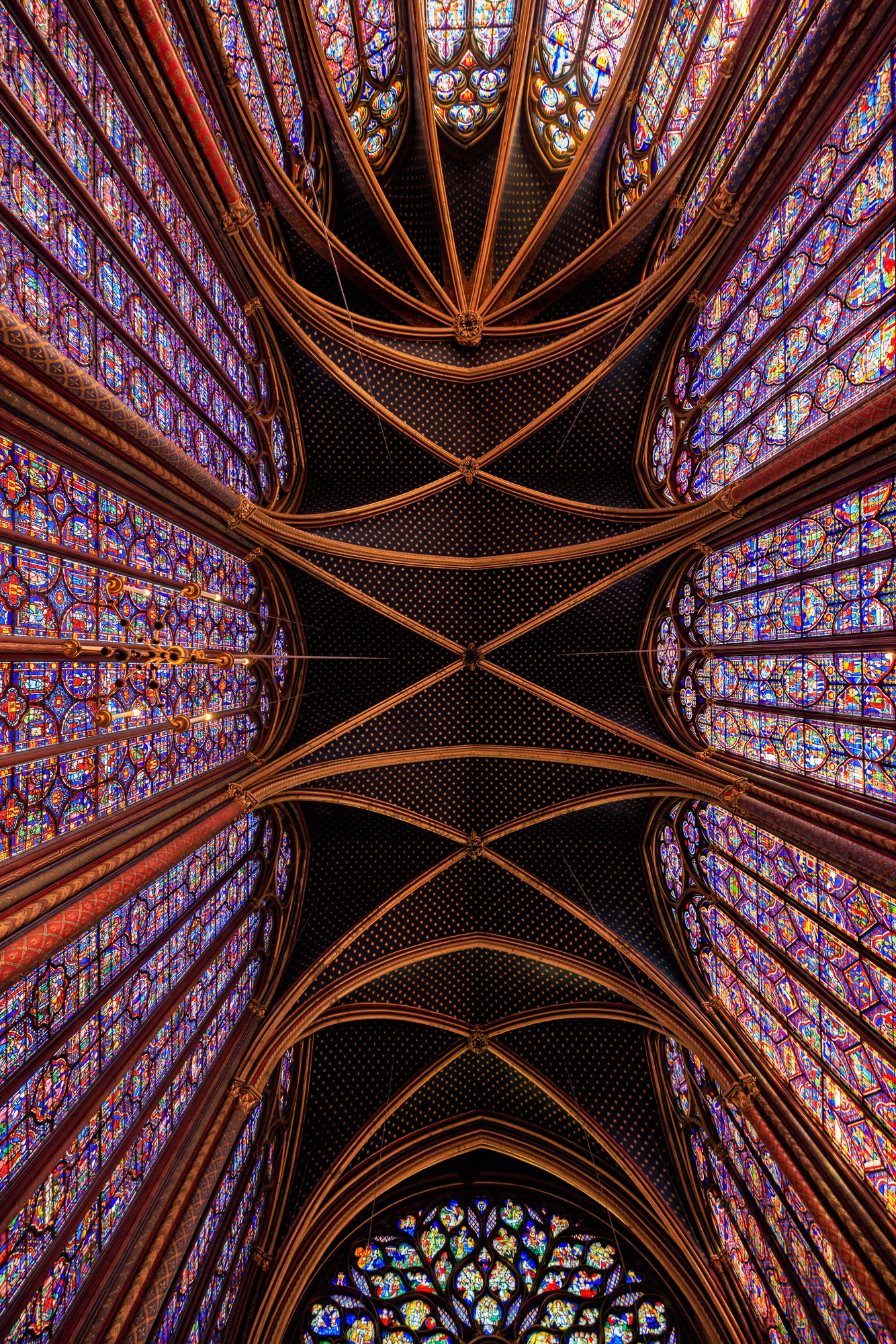
The Frauenkirche (“Church of Our Lady”) stands on the eastern side of the main market in Nuremberg, Germany. An example of brick Gothic architecture, it was built between 1352 and 1362 on the initiative of Charles IV (1316–1378), Holy Roman Emperor.
The church’s origins are bound up with tragedy. In 1349, during the Black Death, a violent pogrom led to the expulsion of Nuremberg’s Jewish community. Charles IV ordered the city’s synagogue demolished, and the Frauenkirche was built on its ruins as part of the newly created Hauptmarkt.

Yet within a few years, the city authorities, short of money, sought to attract Jews back. In 1351, Charles IV allowed their return under specific conditions, and by 1382 the Jewish community numbered more than 500, concentrated in the Judengasse (today’s Judenstrasse). More background can be found at the Jewish Virtual Library.
Centuries later, between the two world wars, Nuremberg became a stronghold of the Nazi Party. Julius Streicher (1885–1946) founded one of the first local branches there in 1922 and published the antisemitic weekly Der Stürmer. The city also hosted massive Nazi rallies, and its Jews lived under daily harassment and threat.
The Frauenkirche itself was nearly destroyed during the bombing of Nuremberg (see photo above) in World War II, leaving only its nave walls and façade. Restoration was completed in 1953, and today the church once again dominates the Hauptmarkt as both a historic monument and a reminder of the city’s layered past.

